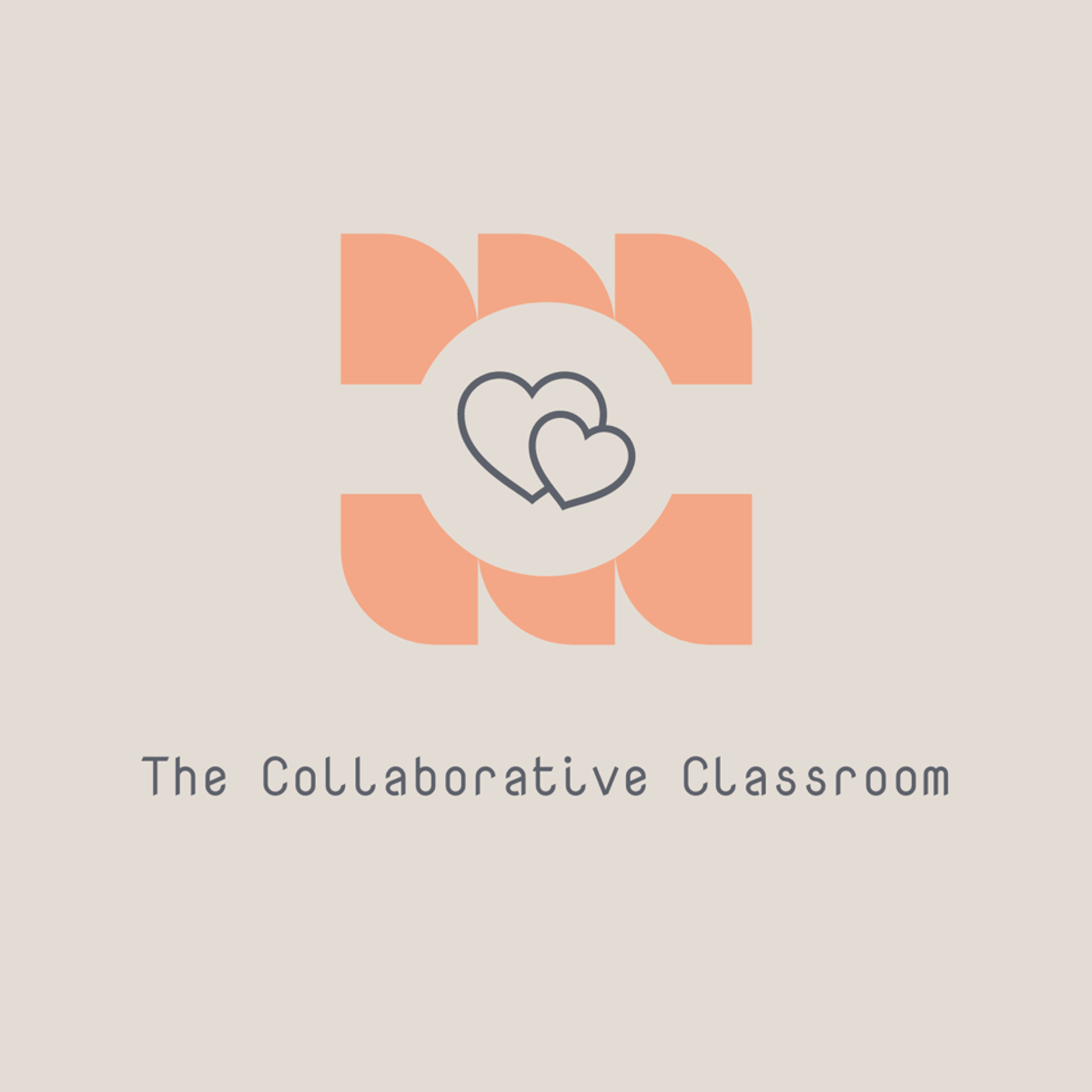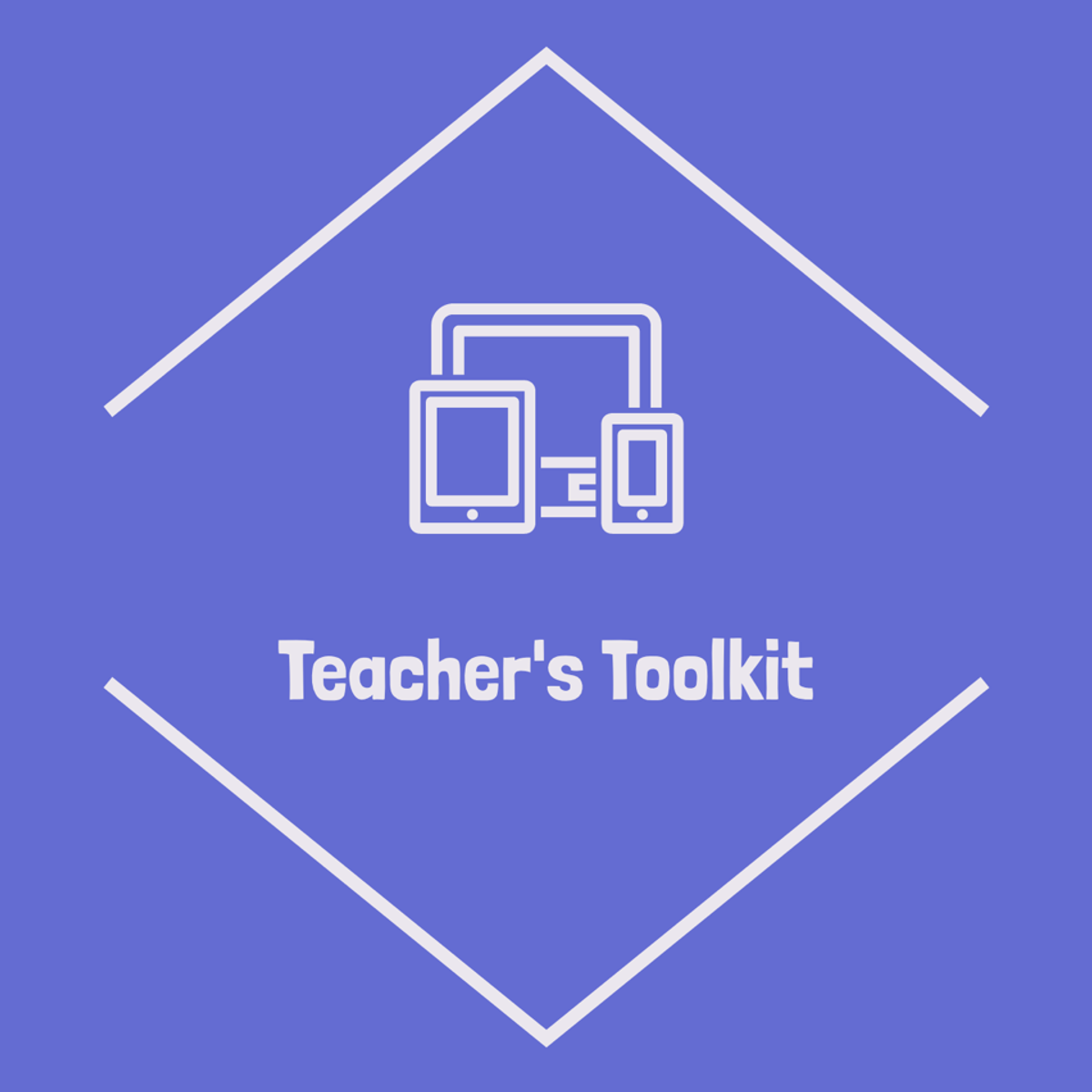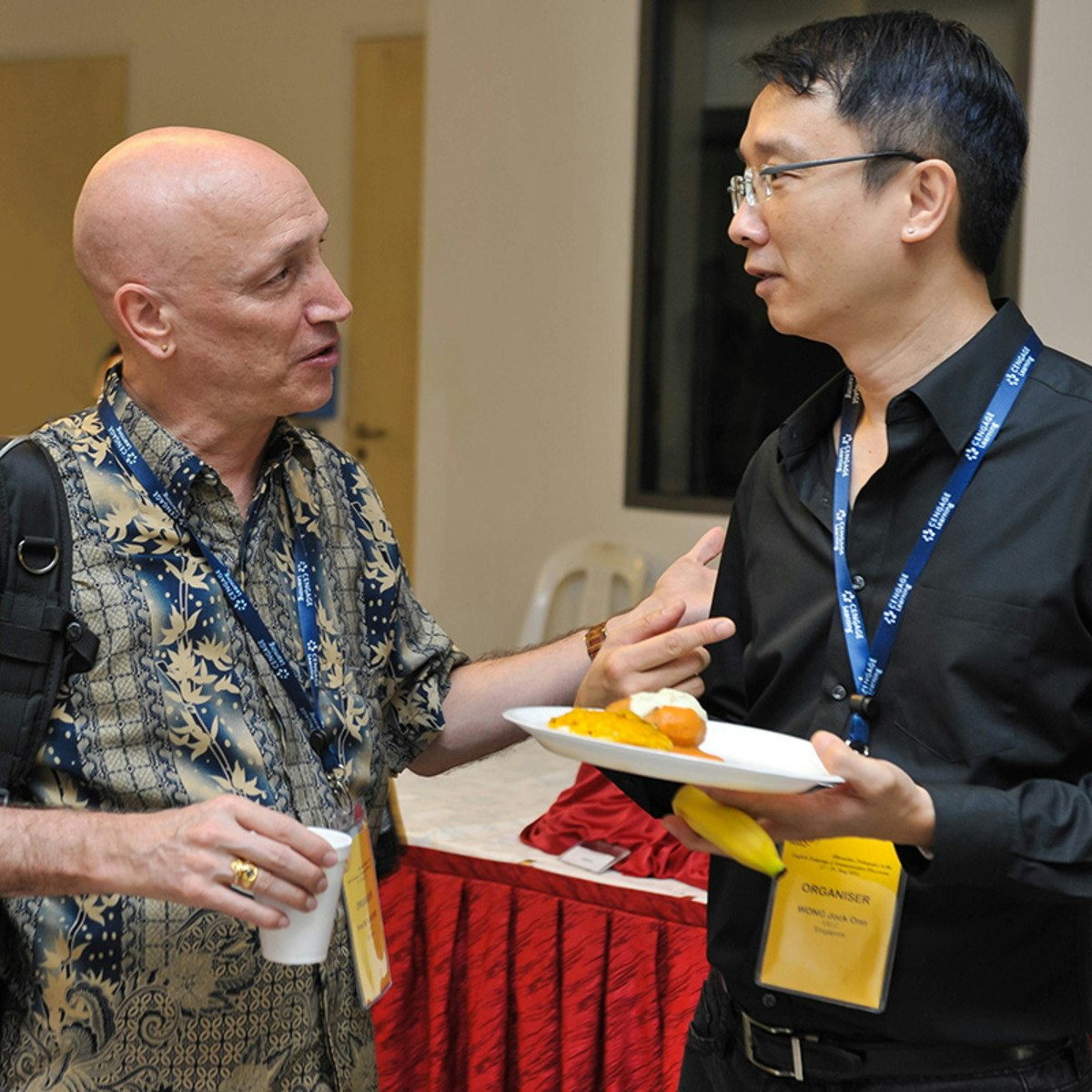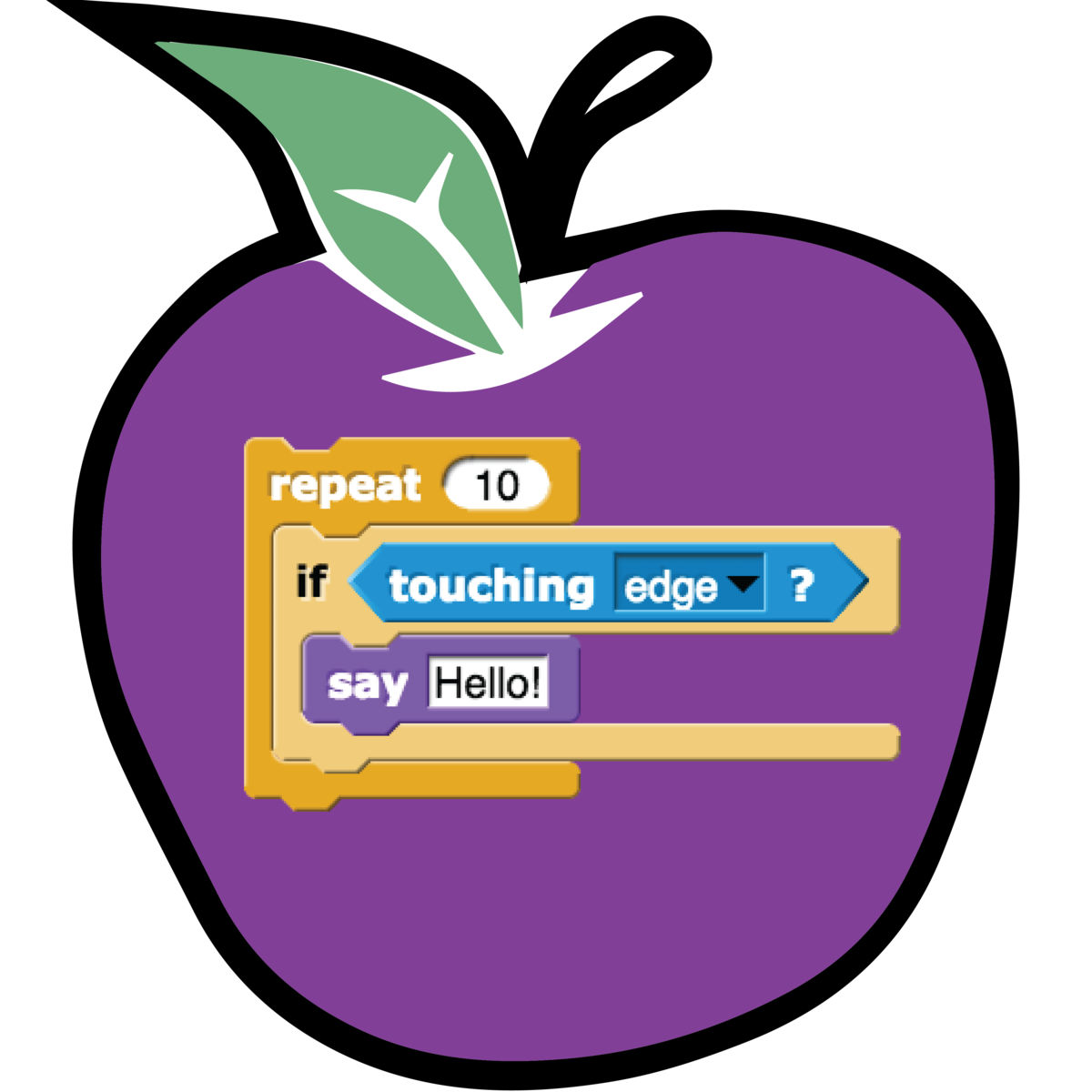Back to Courses









Education Courses - Page 15
Showing results 141-150 of 264

Lesson Planning with the ELL in Mind
In this course you will learn how to design lesson plans around the needs of your ELL students and their language level through the analysis of content language and cognitive demands. You will learn how to align language objectives to the adopted standards of your school and content area. You will learn how to modify existing course materials as well as develop graphic organizers and languages frames to support ELLs’ access to content. Analysis of second language acquisition theories will be applied to lesson planning.
Upon completing this course, you will be able to:
* Conceptualize theories of second language acquisition as they apply to the planning of lessons through annotation
* Assess the linguistic needs of your students using BICS and CALP
* Identify content specific vocabulary, grammatical structures, and language functions necessary for a student to succeed in your
classroom
* Write language learning outcomes that align to your student’s linguistic and cognitive ability and your school’s adopted
standards
* Adapt a lesson plan that accomplishes the learning outcomes outlined in the lesson objectives
* Modify materials to support ELLs’ access to content
* Use a wide variety of graphic organizer templates and language frames to support ELLs’ access to content
* Develop activity types appropriate to the cognitive and linguistic abilities of ELLs
* Incorporate community and culture into lesson planning

Encouraging Student Collaboration with Padlet
By the end of this project, you be able to use Padlet to create a collaborative classroom fostering interactive student engagements, creating virtual lessons, and more. With Padlet, teachers and students can collaborate in real time on lessons, projects, and anything else you can imagine. Together, we will learn how to use Padlet to connect with students during virtual learning, for in class collaboration, and discover ways to improve our ability to differentiate instruction using Padlet. The opportunities are endless. Let’s get started using Padlet together!
*You will need a free 30-day trial with Padlet for this project.

Teaching Impacts of Technology: Relationships
In this course you’ll focus on how “smart” devices have changed how we interact with others in personal ways, impacting how we stay connected in our increasingly mobile society. This will be done through a series of paired teaching sections, exploring a specific “Impact of Computing” in your typical day and the “Technologies and Computing Concepts” that enable that impact, all at a K12-appropriate level.
This course is part of a larger Specialization through which you’ll learn impacts of computing concepts you need to know, organized into 5 distinct digital “worlds”, as well as learn pedagogical techniques and evaluate lesson plans and resources to utilize in your classroom. By the end, you’ll be prepared to teach pre-college learners to be both savvy and effective participants in their digital world.
In this particular digital world (relationships), you’ll explore the following Impacts & Technology pairs --
Impacts (Keep me connected in a mobile society):, personal relationships, facebook, circle of friends
Technology and Computing Concepts: algorithms, software engineering evolution, heuristics, computer runtime, big O notation, P vs NP
Impacts (Making geography-based connections): findings friends, maps, geolocation
Technology and Computing Concepts: data and binary, image encoding, pixels, how color pickers work, filters, blurs
In the pedagogy section for this course, in which best practices for teaching computing concepts are explored, you’ll learn about the current CSTA K-12 CS Standards and practice using them to review and apply to lesson plans, as well as how to apply the ICAP framework to connect your students’ engagement to active learning outcomes, such as through peer instruction.
In terms of CSTA K-12 computer science standards, we’ll primarily cover learning objectives within the “impacts of computing” concept, while also including some within the “networks and the Internet” concepts and the “data and analysis” concept. Practices we cover include “fostering and inclusive computing culture”, “recognizing and defining computational problems”, and “communicating about computing”.

Create a Virtual Classroom using Google Slides
By the end of this project, you will have created a virtual classroom that will engage your students during virtual learning or as a more engaging way to encourage practice at home. Teaching is constantly evolving. As we learn more about our students, we uncover new ways to ensure that they are not just learning - they are thriving. When we can connect our tech-savvy students to tech-connected learning, while also providing greater visual appeal, our students are more likely to enjoy learning. We can also encourage them to become lifelong learners as we connect them to the many tools and resources that are available at their fingertips online.
*You will need a free Google account in order to complete this project.

Writing and Disseminating Grey Literature
If you are a researcher, academic, student, development sector professional or a practitioner who is keen to reach the research-based knowledge you have created to a wider audience, this course is for you.
Vast amounts of knowledge are produced by educational and research institutions through rigorous research and fieldwork. Yet, there is a dearth of access to this knowledge among non-academic communities (which includes practitioners, policymakers, and citizens) due to the language used. Researchers can bring visibility to grey literature if they engage with alternate public writing forms.
Newer platforms for knowledge dissemination across digital, print, and multimedia channels have made information from grey literature more available and accessible to lay readers. Using formats such as data stories, photo narratives, opinion pieces and infographics, these platforms can help researchers reach a much wider audience when they adopt newer writing techniques.
This course will:
* Provide an overview of data stories, photo narratives, opinion pieces and infographics produced from grey literature
* Teach methods to craft such pieces
* Explain how to pitch to media outlets
* Teach how social media can be leveraged to draw greater visibility to publications

Value-Based Care: Quality Improvement in Organizations
COURSE 6 of 7. Fragmented healthcare has created the need for healthcare reform, changing how healthcare is delivered and managed by shifting the structure and culture of healthcare organizations across the U.S. In this course, you will explore ways that provider organizations can successfully move from volume to value through implementing Quality Improvement plans and Continuous Quality Improvement. Organizational improvement is a continuous process. To be successful means coming to grips with things you have to do, how they get done, and who needs to be involved. Paramount to the process is recognizing that every role—every team member—in the organization is important to a successful VBC strategy. You will also learn about adaptive leadership and how to advance vision and innovation through collaboration. Collaborative relationships between team members and leadership are critical to the transformation. You will explore strategies to gain buy-in, agreement, and understanding about the organization’s vision of value-based care and learn to engage team members in developing solutions to challenges. In the summative assignment, you will identify a measurable value-based care goal that would benefit from process improvement, describe how that goal will be communicated with the care team, and explain your role in leading the targeted improvements.

Establishing a Professional ‘Self’ through Effective Intercultural Communication
In the course ‘Establishing a professional ‘self’ through effective intercultural communication’, you will learn how to communicate effectively to establish relationships with colleagues in a culturally and linguistically diverse community and workplace.
As language reflects cultures, we begin the course by highlighting the need to take into considerations cultural values when we communicate in a multicultural community and workplace. We then move on to discuss some effective communication skills required to build relationships with colleagues in a globalised workplace.
You will learn to adopt appropriate intrapersonal and interpersonal, verbal and nonverbal, communicative strategies to present information based on the 7 communication principles.
Finally, you will learn to build your personal profile and appropriately align yourself in a globalised workplace.

Ubiquitous Learning and Instructional Technologies
This course will analyze currently available technologies for learning. Areas addressed include: learning management systems, intelligent tutors, computer adaptive testing, gamification, simulations, learning in and through social media and peer interaction, universal design for learning, differentiated instruction systems, big data and learning analytics, attention monitoring, and affect-aware systems. Participants will explore the processes for selection and implementation of suitable technologies, the design of electronic learning resources, design and application of digital media in teaching and learning, familiarization with web usability and accessibility, and critical analysis of the benefits of technologies in education.
--------------------------------
Recommended Background
--------------------------------
This course is designed for people interested in the future of education and the "learning society," including people who may wish to join education as a profession, practicing teachers interested in exploring future directions for a vocation that is currently undergoing transformation, and community and workplace leaders who regard their mission to be in part "educative."
--------------------------------
Related Resources
--------------------------------
Online resources are available here:
https://newlearningonline.com
--------------------------------
Join our Online Communities!
--------------------------------
CGScholar (Create an account and join the New Learning community)
https://cgscholar.com/community/community_profiles/new-learning/community_updates
Facebook
https://www.facebook.com/newlearningonline
Twitter
https://twitter.com/neolearning
--------------------------------
Take this Course for Credit at the University of Illinois
--------------------------------
This course has the same content and anticipates the same level of contribution by students in the Assessment for Learning course offered to graduate certificate, masters, and doctoral level students in the Learning Design and Leadership Program in the College of Education at the University of Illinois.
Of course, in the nature of MOOCs many people will just want to view the videos and casually join some of the discussions. Some people say that these limited kinds of participation offer evidence that MOOCs suffer from low retention rates. Far from it – we say that any level of engagement is good engagement.
On the other hand, if you would like to take this course for credit at the University of Illinois, you will find more information about our program here:
https://ldlprogram.web.illinois.edu/overview/
And you can apply here:
https://education.illinois.edu/epol/programs-degrees/ldl
--------------------------------
The Learning Design and Leadership Series of MOOCs
--------------------------------
This course is one of a series of eight MOOCs created by Bill Cope and Mary Kalantzis for the Learning Design and Leadership program at the University of Illinois. If you find this MOOC helpful, please join us in others!
e-Learning Ecologies: Innovative Approaches to Teaching and Learning for the Digital Age
https://www.coursera.org/learn/elearning
New Learning: Principles and Patterns of Pedagogy
https://www.coursera.org/learn/newlearning
Assessment for Learning
https://www.coursera.org/learn/assessmentforlearning
Learning, Knowledge, and Human Development
https://www.coursera.org/learn/learning-knowledge-human-development
Ubiquitous Learning and Instructional Technologies
https://www.coursera.org/learn/ubiquitouslearning
Negotiating Learner Differences: Towards Productive Diversity in Learning
https://www.coursera.org/learn/learnerdifferences
Literacy Teaching and Learning: Aims, Approaches and Pedagogies
https://www.coursera.org/learn/literacy-teaching-learning
Multimodal Literacies: Communication and Learning in the Era of Digital Media
https://www.coursera.org/learn/multimodal-literacies

Value-Based Care: Managing Processes to Improve Outcomes
COURSE 3 of 7. This course is designed to introduce you to critical office-based processes that a value-based practice must manage in the drive towards improved patient outcomes. In Module 2, we’ll focus on office-based and clinical patient-based supporting functions. At every level in healthcare, guidelines, processes, and functions exist to improve outcomes, and following a consistent process will return the best effect. Refine your understanding of value and learn strategies to provide real assistance to patients to manage chronic diseases and navigate the complex healthcare system. Gain an overview of panel management, a systematic, proactive approach to identify and address unmet chronic and preventive care needs of patients that leads to better health outcomes. Learn how clinical patient-based questions related to immunizations, cancer screenings, or diabetes care can generate data to support a strategy of identifying non-utilization patterns. In the summative assignment, you will demonstrate your knowledge by explaining and synthesizing the importance of office-based processes and patient-based supporting functions to improve patient outcomes and experience as well as clinical quality. As you reflect on what you have learned in this course, you will also have an opportunity to consider the relationship between managing these processes and functions and the fundamental premise of value-based care.

Computational Thinking for K-12 Educators: Abstraction, Methods, and Lists
How do gamers cause things to happen when they hit buttons on their controller? How does the computer keep track of gamer's scores?
This class teaches the concepts of nested loops, events, and variables. For each concept, we'll start by helping you connect real-world experiences you are already familiar with to the programming concept you are about to learn. Next, through a cognitively scaffolded process we'll engage you in developing your fluency with problem solving with nested loops, events, and variables in a way that keeps frustration at a minimum.
Along the way you will learn about the common challenges or "bugs" students have with these concepts as well as ways to help them find and fix those concepts. You'll also be guided in running classroom discussions to help students develop deeper understanding of these concepts.
Finally, you'll learn how to develop low-frustration learning experiences for learning programming via Parsons' Problems., Additionally, you will create an email to either a counselor, administrator or parent organization to help them understand the value of all students taking computer science.
Popular Internships and Jobs by Categories
Find Jobs & Internships
Browse
© 2024 BoostGrad | All rights reserved